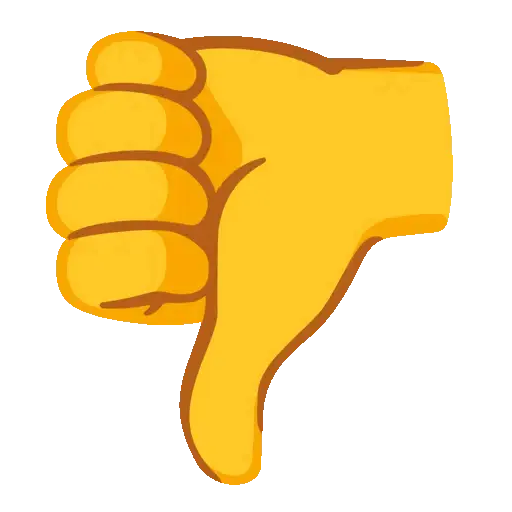The functional design stage contains the next level of detail following the approved concept design.
It involves designing all functional elements of the system, including:
-
calculations for levels and pipe sizes of all inlet and outlet structures
-
modelling for hydrology, hydraulics and water quality
-
design refinement to account for detailed information such as the survey
It's important to have a project hold point at the functional design stage, so that the modelling assumptions and designed water depths can be checked.
Design objectives
The functional design usually includes the following objectives:
-
pollutant removal
-
community safety
-
maintenance and operational access and safety
-
cost-effective asset management
Functional design package
A functional design package consists of calculations, models and drawings, and demonstrates that the treatment system will:
-
achieve pollutant reductions
-
meet safety requirements
-
be feasible and practical to construct
-
allow cost-effective maintenance
Submission requirements
Developers designing wetlands that will be handed over to Melbourne Water for operation and maintenance must use the Constructed Wetlands Design Manual.
The functional design package must contain all relevant elements of the concept design as well as the following requirements. Depending on the scale and type of treatment, some or all of these may be relevant for the design and required by the approving authority.
These requirements can also be used or adapted by councils to prepare a brief for a project tender or a list of requirements for a development application or planning permit.
| Requirement | Details |
|---|---|
|
A statement listing:
|
|
| Functional design report that is technically reviewed and undersigned by the designer |
This report should identify:
|
| Copies of relevant hydrologic, hydraulic and water quality models | RORB, HEC-RAS and MUSIC |
| Overall plan drawings |
|
| Letters from any other parties agreeing to be responsible for identified maintenance | |
| Works cost estimate | Clearly itemised items to be funded by each party |
Assessing functional design
When reviewing a design, check that all of the design objectives have been met. Checklists are available to help you assess the functional design of a WSUD treatment:
Common mistakes and issues
Drawings
-
wetland open water greater than 20% of surface area
-
batters too steep, not in accordance with safety requirements
-
overflow weirs not considered
-
stormwater inlets at the downstream end of the wetland, leading to little or no treatment
-
no transition layer in raingardens
-
geotextile used to separate raingarden layers
-
raingarden underdrain pipes perforated or with filter sock
-
raingarden underdrain spacing too far apart
-
raingarden filter depth too shallow
Calculations
-
calculation that there is no velocity in a wetland or sediment pond, or no knowledge how to calculate it
-
no knowledge about plant inundation frequency requirements
-
incorrect sediment pond sizing. Sediment pond size should be calculated in accordance with the WSUD Engineering Procedures manual rather than in MUSIC
-
unrealistic hydraulic efficiency (λ) value used for sediment pond or wetland shape
-
sediment pond depth below the permanent pool level to top of accumulated sediment (d*) set to zero. d* must be 0.5m below normal water level
-
oversizing of sediment ponds to reduce wetland or raingarden size
-
no sediment dryout area considered
-
no consideration for high velocities exiting pipes into sediment ponds
-
overflow weirs not considered or sized
MUSIC
-
use of separate sediment pond node in MUSIC, even though same NWL as macrophyte zone
-
average permanent pool too deep
-
use of unjustified infiltration rates for sediment ponds and wetlands (= most water being lost through infiltration rather than being treated)
-
use of Brisbane rainfall runoff parameters instead of Melbourne
-
unrealistic fraction impervious for the catchment
-
unrealistic wetland CSTR parameter
-
wetland notional detention time less than 72 hours
-
waterways modelled as swales
-
proprietary gross pollutant trap products modelled to remove nutrients
-
overflow weir widths not as per drawings
-
claiming ponds or lakes as treatment systems



